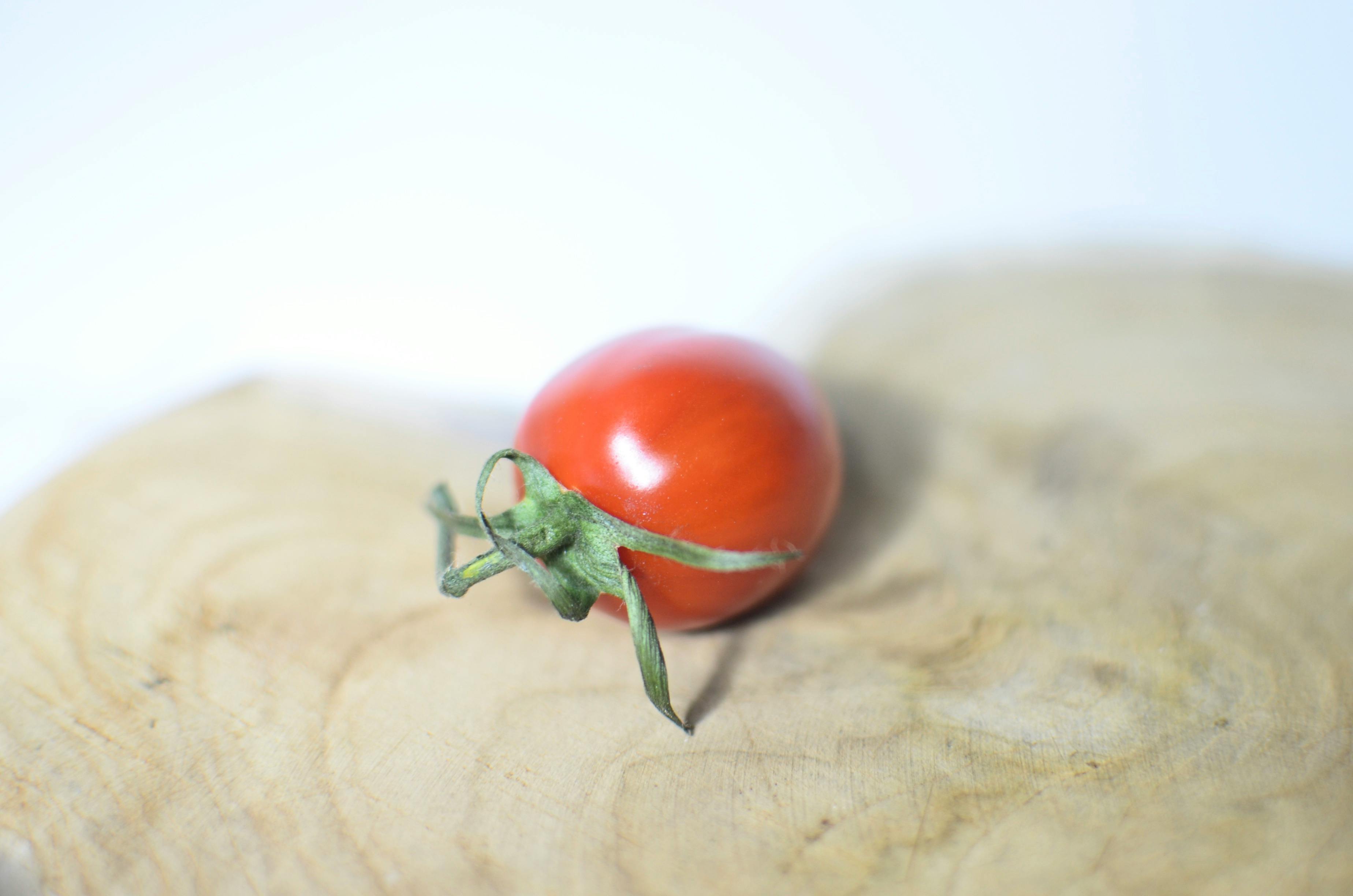
Lasagna: then and now
admin
- 0
Lasagne must be one of the most delicious dishes in the Italian repertoire. Lasagna, however, unlike most Italian dishes, is not a simple preparation. Lasagna is a carefully planned assembly. While the individual lasagna ingredients are fairly straightforward, the assembly of those ingredients is highly complex; and, depending on what you plan to include, it can be quite expensive. In my childhood, lasagna was not something you would see at any time. In my childhood, lasagna was a dish reserved for parties. For some acquaintances of Italian extraction, lasagna was not known at any time of the year. In my family, lasagna was always the main course for Thanksgiving, Christmas and Easter. It was a dense casserole of alternating layers of lasagna noodles, ricotta cheese, and what we call “sauce.”
Of course, since lasagna was served only on holidays, it was only one part of a multi-course festive dinner. Such dinners usually began around 1:00 p.m. and continued into the evening. On holidays there was a complex arrangement of dishes. First came the fruit salad. This was a canned Dole fruit salad mix with the addition of selected fresh fruits served in tall glass tumblers chilled with ice. I do not know the origin of this course. It certainly wasn’t Italian. It may have been influenced by what restaurants were serving in the 1950s.
But what is the history of lasagna? In the world of internet access to information from around the world, I have done an extensive review of the history of lasagna online. Working out of Google Italy and our own American Google, I found a plethora of variations on lasagna recipes and history. According to various sites, lasagna is a very old food. It seems that lasagna may have originated from an ancient Greek dish “laganon” or “lasonon”. The Romans adopted this dish and called it “lansanum”. There are also several sites that claim that lasagna is a dish of British origin called “loseyns” as found in a medieval cookbook from the late 14th century. While these sources may be somewhat possible, I should also point out that a fair amount of water has passed under the bridge since ancient times. I have some doubts that the “lasanum” of the Romans or the “loysens” of the British is the lasagna we know today. Then there is also the matter of the tomato. While all lasagna recipes don’t call for tomatoes (there are a fair number of “white lasagna” dishes out there), tomatoes in most recipes are now important. But, the use of tomatoes in the dish would not have happened until long after Columbus. The use of tomatoes also took some time. When they were first introduced to Europe from the New World, they were believed to be poisonous. In 1544 the Italian herbalist Pietro Matthioli classified tomatoes as highly poisonous. Only later, after going through a stage where tomatoes were thought to be an aphrodisiac, did tomatoes find their way to the table, especially in Naples and southern Italy. From what I’ve found, the first printed recipe using tomatoes appears in 1692. If lasagna as we know it today includes tomatoes, then it wouldn’t have been known in its current form until around 1700. My guess is lasagna as we know it today , it may not have ancient roots, but it may very well be a dish that was reinvented at a much later date.
So what about lasagna as we know it today? Some of the earliest references seem to date from the 17th century. One of the most interesting sites that I found maintains that the traditional lasagna is a peasant dish based on the most elemental products of the pig. For many, the main source of meat was pork. The pig would be slaughtered in the winter. The best parts would go to the “patrón”, the owner. The peasants would keep the offal, the viscera and other portions of fragments. From the leftovers that had some measurable meat, the peasants would make sausages. From the bone portions they created the base of the tomato sauce (what we call gravy).
My lasagna research took me in many directions. I even went back to my cookbook library to re-investigate my pre-celebrity chef from 1988, Giulio Bugialli’s “On Pasta.” It seems that lasagna takes a different form not only in the various provinces of Italy but in the diversity of each household. Some lasagnas are based on meat, others based on vegetables such as artichokes or endives. Some people, like my relatives, add hard-boiled eggs and peas; Others don’t. In the end, what goes between the layers of pasta is as variable as what you can find to put between them. Yes, what we know in America has cousins in Italy. There’s nothing like intertwined strips of pasta with a delicious ricotta and meat sauce. But there are also vegetarian-based lasagnas, such as a wonderful lasagna with artichokes.
The recipe I ultimately decided on is a compromise of my family’s traditions, the wisdom of Bugialli, and the countless sites googled. In recognition of what appears to be one of the foundational elements of lasagna, I have used ground pork and pork sausage as the meat base. For the cheeses, I have selected those found in Campania: ricotta, percorino romano and scarmorzza. Scamorzza is a solid cheese found in southern Italy. Lasagna is not a simple recipe. You can’t do it as a 30 minute meal. It takes time, time and time. Carrying out a recipe like this tells why lasagna was just a festive dish.

